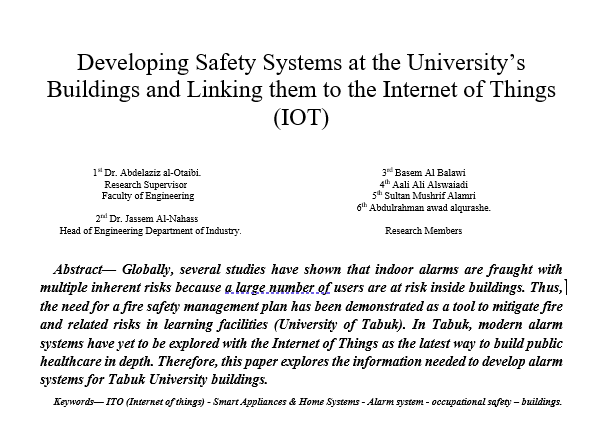تحسين مقاومة الخرسانة المستخدمة في مراكز التشخيص الاشعاعي للاشعة السينية pdf
ملخص الدراسة:
The present work aims at improving x-ray radiation resistance of concrete that may be used in radio diagnostic centers. It is carried out by increasing attenuation properties of normal concrete to satisfy the properties of the shielding material. Recycled lead from local disposed cars batteries was used in this study. This waste lead was recycled, treated and added to the constituents of concrete in shot form with maximum size of 1.18 mm at different percentages of lead to cement ratios (0% to 140%) with addition of 20% increments and mixed together to produce homogenous new concrete. Several tests on fresh and hardened concrete were carried out. The fresh concrete was tested and performed using slump test to measure its workability. The testing on hardened concrete was compressive strength at 7 days, 14 days, and 28 days on (100x100x100mm) cubes. The penetration of x-ray to concrete after 14 days from casting date was done by exposing x-ray source of 100KeV and 120KeV energies using special prisms 200X200 mm of different thicknesses (40 mm, 60 mm, 80 mm, 100 mm). It is observed from this study that when the lead-to-cement ratio is increased from 0% to 80%, concrete compressive strength and x-ray shielding properties are improved with maximum of 80%. After that, when the lead to cement ratio is increased from 80% to 140%, the x-ray shielding properties of concrete is increased but its compressive strength is decreased. This suggests that the optimum percentage of recycled lead shot (RLS) is about 80% of the cement weight. Also, the results have demonstrated that the density of concrete increases as the percentage of RLS increases, and the workability of concrete decreases while RLS ratio increases. In addition, linear attenuation coefficient (LAC) was found to decrease and half value layer (HVL) increases as photon energy increases. The LAC of concrete with 80% of lead, based on x-ray emission at energy 100KeV and 120KeV, was about 1.35 and 1.76 times higher than that of the concrete without lead, respectively. The HVL of concrete with 80% of lead, based on x-ray emission at energy 100KeV and 120KeV, was about 1.35 and 1.76 less than that of the concrete without lead, respectively. Finally, it is concluded that the inclusion of additives of RLS to concrete is able to improve its resistant to x-ray radiation in radio-diagnostic centers.
توثيق المرجعي (APA)
Al Najar, Mahmoud Adel (2015). Improving X-Ray Radiation Resistance Of Concrete Used In Radio-Diagnostic Centers. الجامعة الإسلامية - غزة. 19655
خصائص الدراسة
-
المؤلف
Al Najar, Mahmoud Adel
-
سنة النشر
2015
-
الناشر:
الجامعة الإسلامية - غزة
-
المصدر:
المستودع الرقمي للجامعة الإسلامية بغزة
-
نوع المحتوى:
رسالة ماجستير
-
اللغة:
English
-
محكمة:
نعم
-
الدولة:
فلسطين
-
النص:
دراسة كاملة
-
نوع الملف:
pdf




